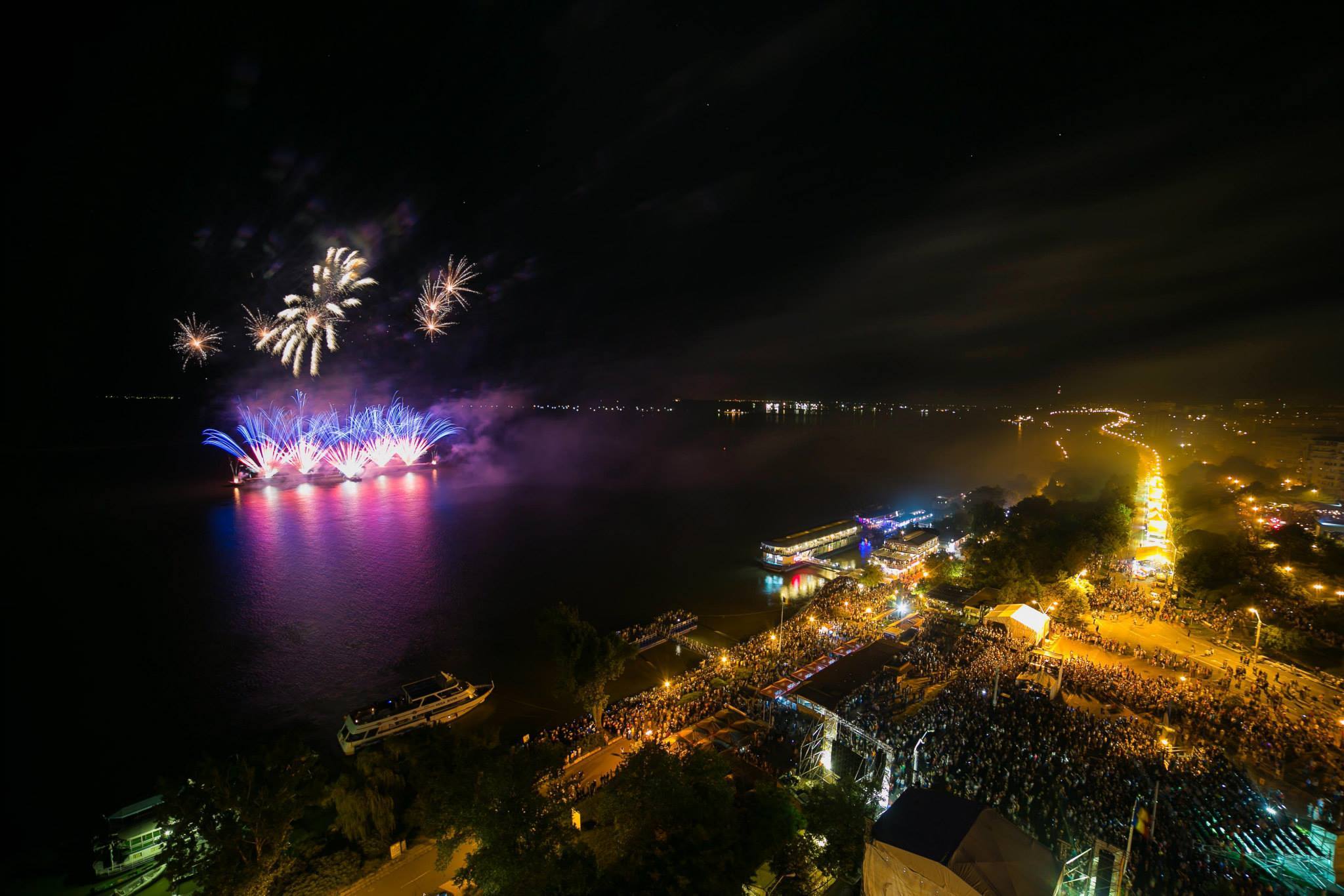Archaeology shows that the Galati County was part of a geographic area with the Danube as axis and the Balkans, Carpathians, the Dniester and Tisa as landmarks. As a cultural space, this area represented a significant point of penetration of the ancient Greek, Hellenistic and later Romanian civilisations in the north of the Danube.
The first historical record of the county dates September 1st , 1435. Galati city is developing as a centre mainly due to its favourable geographical position around the Danube River. Since the seventeenth century it has become an internationally known economic centre.
Politically Galati name is tightly linked to the most important political act of the time: the Union of Moldavia with Romanian Country and the design of the modern social and political structures under the reign of Prince Alexandru Ioan Cuza.
The vibrant multicultural city of Galati, with a population of almost 400,000 inhabitants ranking among the top five cities in the country, is located 250 km from Bucharest, the Capital of the country, and 150 km from the Black Sea coast and 100 Km from the Danube Delta. Galati has developed as the core of Romanian shipbuilding industry and the most important metallurgical centre in the country with the largest steel factory in South Eastern Europe, ARCELOR MITTAL SA.
A large number of factories in the food industry are to be found here along with the famous vineyards that make this area the second in the country in wine production.



